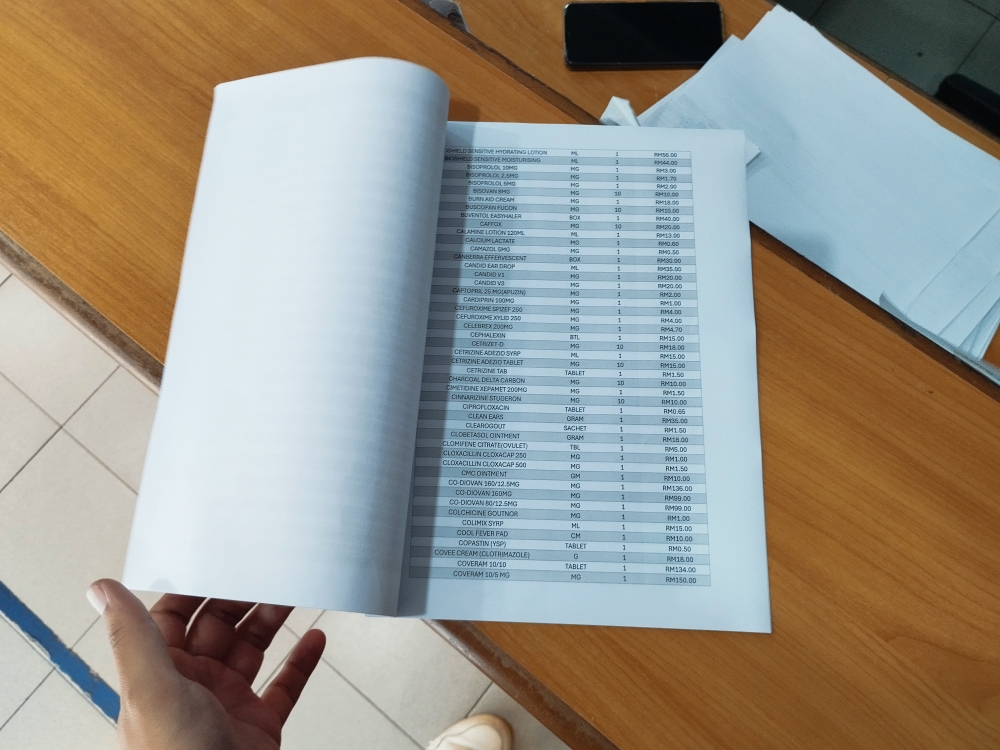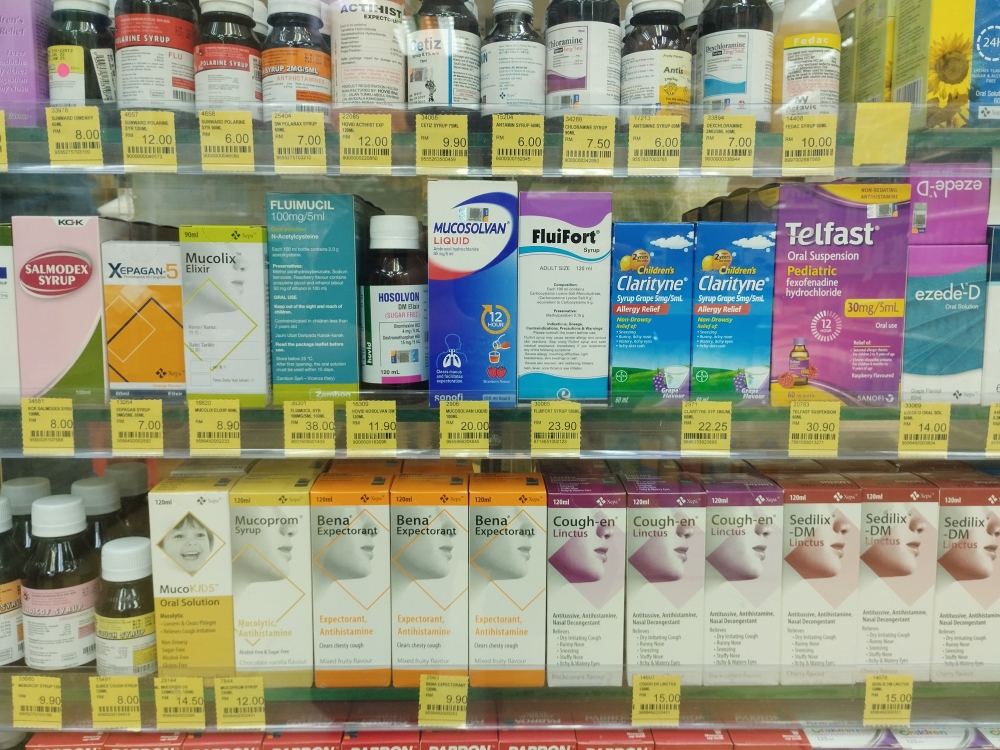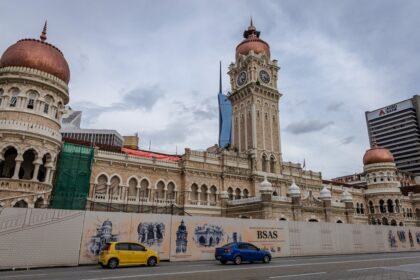KUALA LUMPUR, May 3 — Walk into Friends Pharmacy in Seksyen 9, Shah Alam, and you’ll see yellow price tags neatly displayed on every shelf for every product — including over-the-counter items.
On May 1, the government implemented a policy requiring medicine prices to be displayed at private healthcare facilities and community pharmacies.
“We’ve been preparing the price tags for about one or two weeks now,” said pharmacist Chock Ker Chia.
“For us and our customers, it’s not a problem. Price displays are already quite common. It’s just that we will put an extra price list for items behind our counters, where customers don’t have direct access. We have three months to do it,” she added.
Yesterday, the government announced a three-month grace period for all private clinics, hospitals, and community pharmacies to display the prices of medicines sold, before enforcement and penalties take effect.
Chock said that previously, if an item didn’t have a price displayed, customers would simply ask, and if the pharmacist couldn’t recall the price, they would just scan the item to check and inform the customer.
“Now, customers can see the prices for themselves right away,” she said.
Less than 100 metres from Friends Pharmacy, AA Pharmacy follows a similar practice, with price tags displayed on most items except those behind the counter.
Chock noted that while pharmacies have adapted, private clinics might face challenges with the price display rule.
“If they have returning patients, those patients might choose to buy their medication elsewhere instead of at the clinic,” she said.
During a visit to Mediviron Clinic, located in the same area as the two pharmacies, a 10-page booklet listing medicine prices was seen placed at the counter. Each page contained approximately 45 items.

When asked whether the ruling could impact their business, clinic assistant, Noratikah, said it was unlikely, as most of their patients are covered under corporate health panels.
“If a patient asks about the price, we’ll check and inform them. But that rarely happens, because we don’t usually get patients who come just to buy medicine. Most receive prescriptions from our doctors, and some of those medications can’t be bought outside,” she said.
At another clinic on the other side of Seksyen 9, the response was similar.
“For this issue, I’m not really sure what the concern is, it doesn’t make much of a difference to us,” said the clinic administrator, who did not wish to be named.
In Ipoh, pharmacies are also largely unaffected by the Ministry of Health’s (MoH) new policy.
D. Raaginey, a staff member at a pharmacy in Taman Pertama, said that her store has always displayed the prices of medicines.
“The new policy didn’t impact our workflow because we’ve been displaying medicine prices all along,” she said.
Raaginey explained that medicine prices vary depending on whether the product is generic, branded, or an original formulation.
“We usually recommend generic medicines to customers because they’re more affordable, and most customers prefer the cheaper options.
“Original medicines can cost 30 to 50 per cent more than their generic counterparts,” she said.
Generic medicines are developed to be equivalent to existing authorised medicines, with approval based on studies demonstrating comparable safety and efficacy.
Meanwhile, Rizq Fairuz Sofia Mohd Sazali, a pharmacist at Health Lane Family Pharmacy, noted that some customers still opt for original or branded medicines despite their higher prices.
“It all depends on the customer’s financial ability. Many already know the brand they want or simply go with what their doctor prescribed.
“Even when we suggest cheaper alternatives with the same effects, some still prefer the branded or original versions,” she said.
She added that membership discounts and promotional offers also enable some customers to afford higher-priced medicines.
However, Rizq pointed out that many customers are still unaware of the latest policy regarding the display of medicine prices.
“Displaying prices isn’t difficult. We usually receive a price list from our headquarters and just follow the instructions,” she explained.
At Big Pharmacy, another staff member who requested anonymity echoed the sentiment that the new policy hasn’t posed any challenges.
“I think the issue is more prominent at private clinics and hospitals. In pharmacies, most prices are already on display — even for over-the-counter items.
“So, this policy hasn’t brought about significant changes in our operations,” she said.
Meanwhile, a 45-year-old gout patient, who did not want to be named, said he was unaware of the government’s latest policy.
“No, I didn’t know about this policy. The medicine I buy is based on my doctor’s prescription. So I don’t really compare prices, I just get the brand the doctor tells me to,” he said.
Another customer, Lucy Ying, 37, shared that she prefers more affordable medication, as long as it is effective and poses no health risks.
“Even though medicine prices are now displayed, it doesn’t really affect the type of medicine I choose,” she said.
Source:  Pharmacies and private clinics report little impact from new govt policy requiring medicine price displays
Pharmacies and private clinics report little impact from new govt policy requiring medicine price displays

































